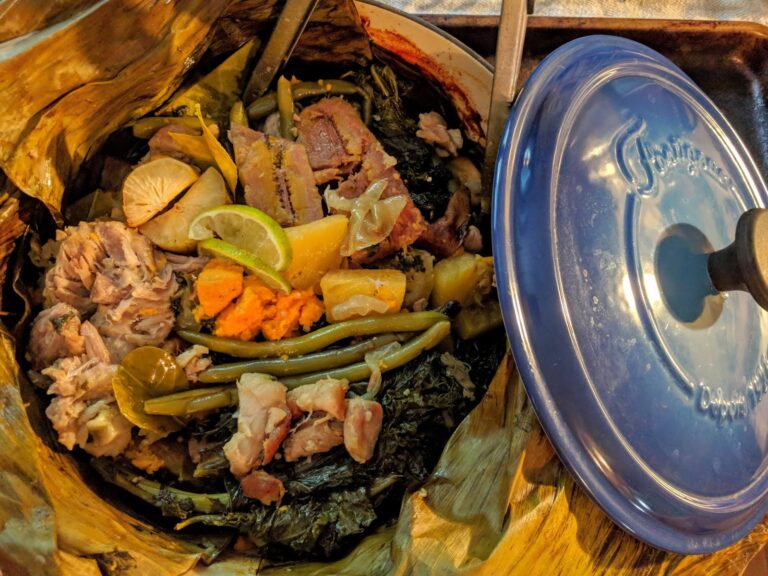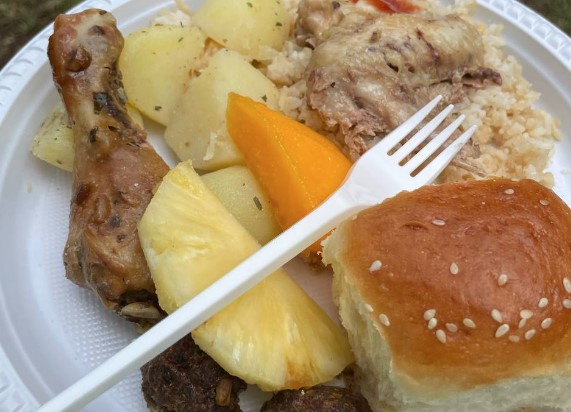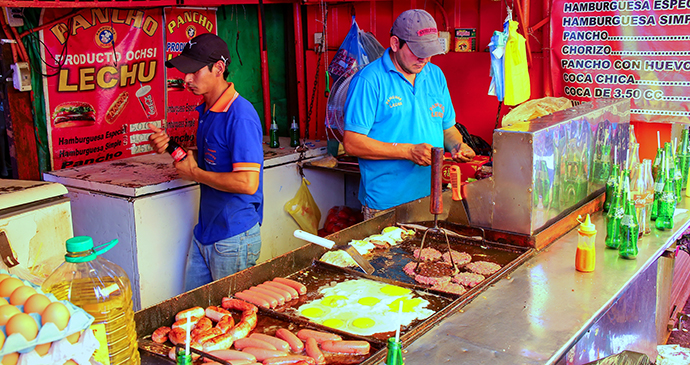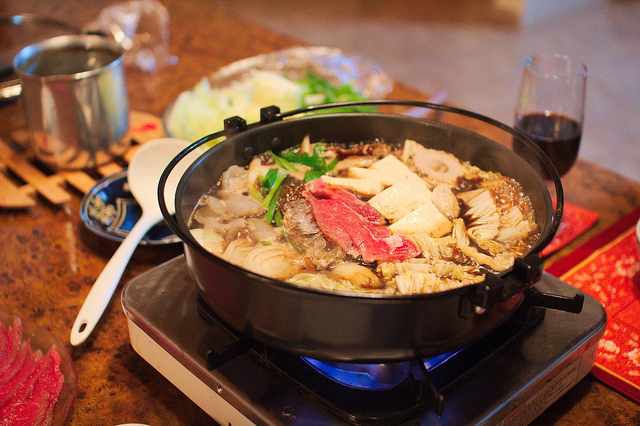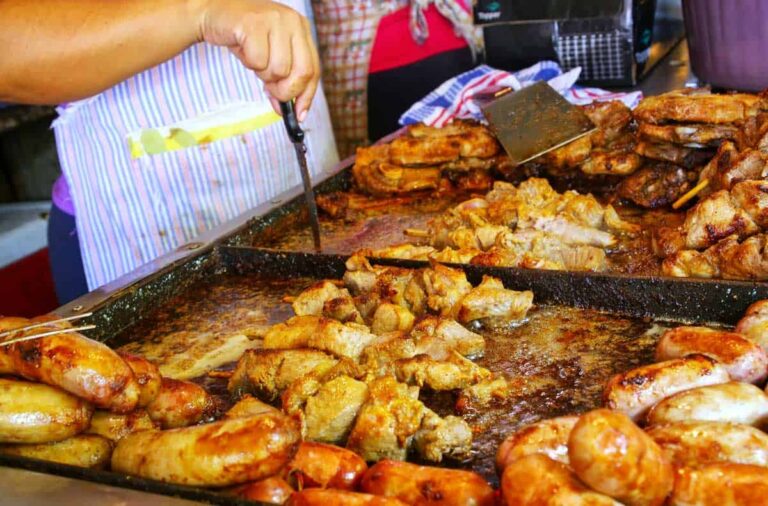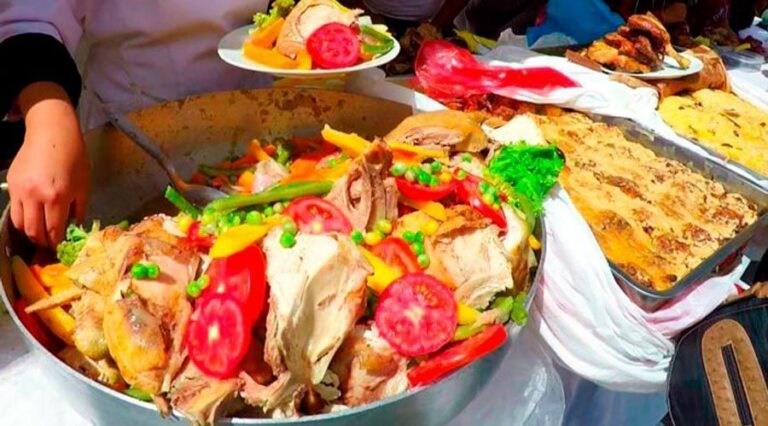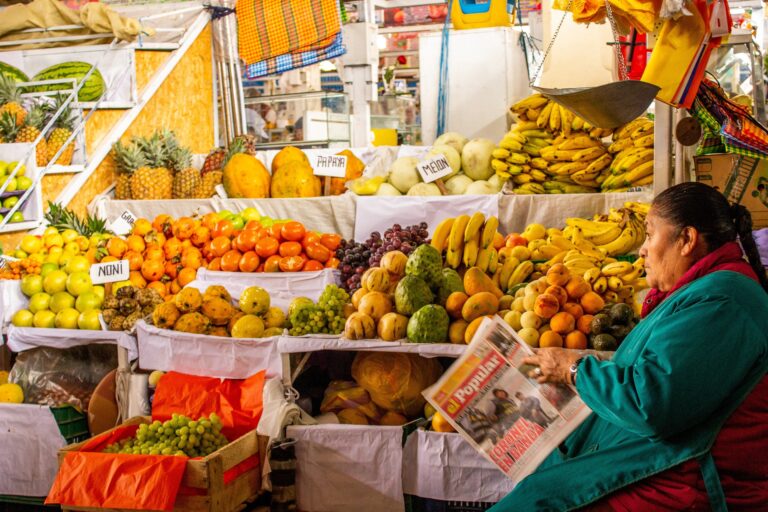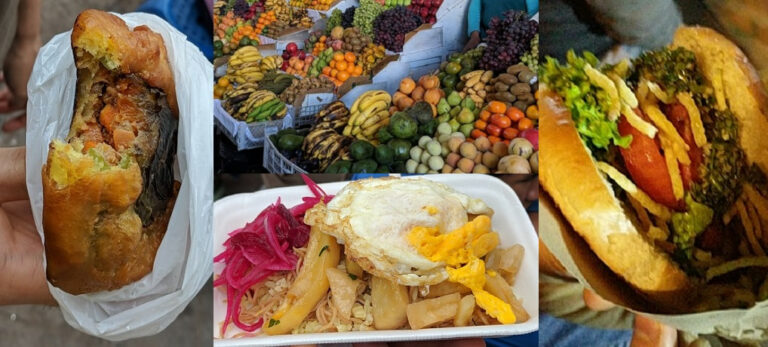Introduction: Exploring the Culinary Scene in Papua New Guinea
Papua New Guinea is a country with a rich and diverse culinary scene. Its traditional cuisine reflects the country’s cultural diversity and history, with influences from Asia, Melanesia, and Polynesia. Papua New Guinea’s cuisine is renowned for its use of fresh seafood, tropical fruits, and vegetables, as well as its signature dishes like the famous mumu, a traditional cooking method where food is wrapped in banana leaves and cooked underground.
Whether you are a foodie looking to explore the local food markets or a traveler seeking to experience the country’s unique culture through its cuisine, Papua New Guinea has something to offer. From traditional food markets to food festivals, there are plenty of opportunities to sample the country’s delicious food and learn about its culinary heritage.
Traditional Food Markets: A Window into PNG’s Culture
Traditional food markets are a great way to experience the local food culture in Papua New Guinea. Most markets are open-air and sell a wide variety of fresh produce, seafood, and meat, as well as traditional arts and crafts. They are also a hub of social activity where locals gather to socialize and exchange news.
One of the best-known markets in Papua New Guinea is the Port Moresby market, located in the capital city of Port Moresby. The market is a vibrant and bustling hub of activity, with vendors selling everything from fresh fish and vegetables to traditional handicrafts. Other popular markets include the Goroka Market, the Koki Market, and the Waigani Market.
Festivals and Food: Celebrating PNG’s Culinary Heritage
Food festivals are a great way to celebrate Papua New Guinea’s culinary heritage and sample the country’s delicious food. These festivals showcase traditional dishes, as well as modern interpretations of local cuisine. They also provide a platform for local chefs and food producers to showcase their skills and products.
One of the most popular food festivals in Papua New Guinea is the National Mask Festival, held annually in the town of Kokopo. The festival celebrates the country’s unique culture and features traditional dances, music, and food. Other popular festivals include the Hagen Show, the Morobe Show, and the Kenu and Kundu Festival.
Top Food Markets in Papua New Guinea: A Guide for Foodies
For foodies looking to experience the best of Papua New Guinea’s culinary scene, here are some of the top food markets to visit:
- Port Moresby Market: Located in the capital city, this market is famous for its fresh seafood and produce.
- Goroka Market: This market is known for its traditional handicrafts as well as its fresh produce and meat.
- Koki Market: Located in Port Moresby, this market is known for its fresh seafood and local produce.
- Waigani Market: This market is located in the heart of Port Moresby and is a great place to sample local street food.
Must-Try Dishes: Highlights of PNG’s Food Festivals
Here are some of the must-try dishes you should sample at Papua New Guinea’s food festivals:
- Mumu: This traditional dish involves wrapping food in banana leaves and cooking it underground.
- Lap-lap: Made from grated taro or yam and coconut milk, this dish is cooked in banana leaves and is a staple of the Sepik region.
- Kokoda: This dish is made from raw fish marinated in lime juice and coconut cream.
- Sago: A staple food in Papua New Guinea, sago is made from the pith of the sago palm.
Conclusion: Savoring the Flavors of Papua New Guinea
Papua New Guinea’s culinary scene is diverse, vibrant, and delicious. From traditional food markets to food festivals, there are plenty of opportunities to sample the country’s unique cuisine and learn about its cultural heritage. Whether you are a foodie looking for your next culinary adventure or a traveler seeking to explore the country’s rich culture, Papua New Guinea is a must-visit destination for anyone with an appreciation for good food and great culture.

